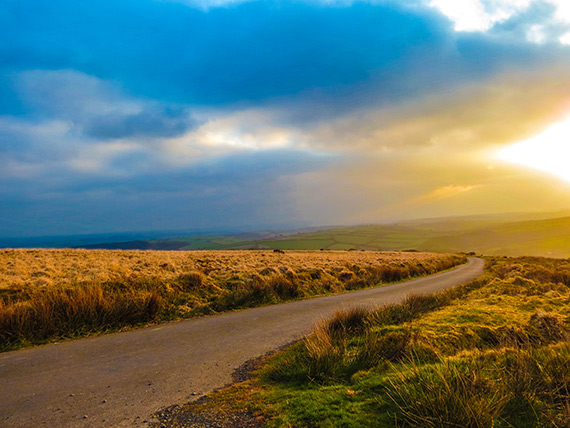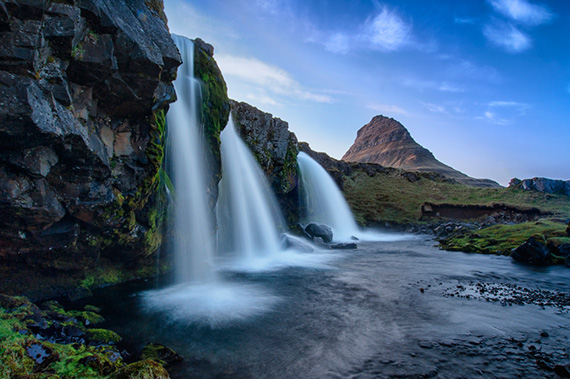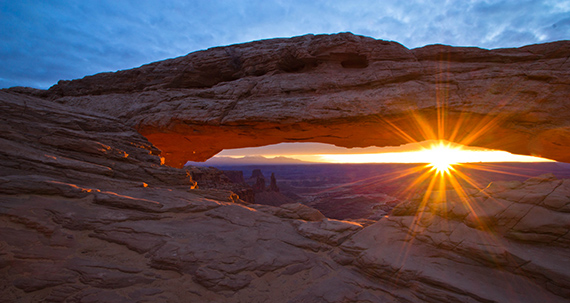Online Photography School
Tips on Landscape Photography
Philosophy
Tell a story with landscape photography! By telling stories with your camera, you are forced you to slow down and contemplate the details. This one factor alone could greatly improve your skills as a photographer!Consider a few important questions.
- What is it about this scene that inspires you?
- What elements found in the scene have attracted your attention?
- Which elements (such as theme, line, or point of view) do you wish to preserve?

As you ponder these questions, remember that the best landscapes are rarely found along side the road. If you are prepared for hiking with a map or GPS, then you’ll be more apt to come across some of the truly stunning scenes that will motivate you to find answers to the above questions. Then, as you seek out the most interesting locations, you will begin to create a habit of viewing the beautiful and asking how you can recreate the essence even in scenes that are more challenging.
Concepts
One simple concept that is extremely helpful in creating balance is dividing the scene into thirds, both horizontally and vertically. You can do this by using two vertical lines and two horizontal lines evenly spaced, but your horizon (or any other prominent line) should still fall on one of the two horizontal lines. Then, a general rule of symmetry would be to place your focal point on one of the four intersections created by these lines.

With balance in place, you can then leave yourself room for creativity. Portraits can even be changed into landscape shots when you feel you’ve explored all other options. Shooting a portrait in landscape is best when up close and personal, such as a head and shoulders photograph. As you try placing the main subject off center, you create interest that can be enhanced with a few graphic elements, such as lead-in lines or interesting background. In this case, visual interest is the key to displaying your creativity.
Equipment
While many believe that the trick to getting great landscape photographs is having the right lens or the proper setup, there are few successful images that won’t have either of these. These shots demonstrate that composition and creativity can determine a photo’s success more than anything else. Even with remarkable clarity, sharpness, and ideal lighting, the image can still utterly fail due to a lack of adequate composition and content.While no special equipment is really needed, a macro lens could be useful, depending on how much of the scene you are planning to capture in minute detail. A telephoto lens, to eliminate a bland and uninteresting sky, can be useful as well at times. Still, a tripod, will probably be the most practical piece of equipment that you will take with you.

Wide angle lenses are commonly used for landscapes because they allow you to include more in the frame and enhance options for perspective. Thus, a wide-angle zoom lens gives you more latitude in framing the scene and cropping out distracting features, but you’ll still want to abide by the rule of thirds. With these simple suggestions for equipment, you’ll be able to go out and create incredible landscapes!
Author:
Mathew River

0 comments:
Post a Comment